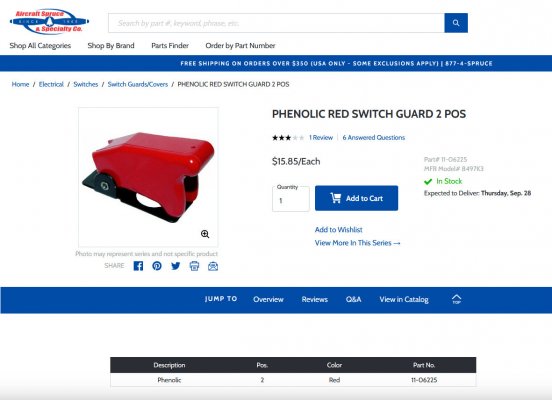These are valid points. The OP comes across as pretty savvy & has already
gone part way down the path of upping the viscosity to solve a specific problem. But
the one thing we could add to the heavier-vis work-around recommended above would
be to drive the engine
gently until the engine is fully up to operating temperature?
My thought process is also taking into account that an engine with worn bearings will
have extra wear elsewhere, so a heavier viscosity is not as much of a 'negative' as it
would be in a fresh build on a stand where I've personally verified all clearances
are 'as new'.
Exactly. If I allow myself to refresh/optimize my L29, I will be heading in this direction.
Once I have ensured ideal clearances on the engine side of the oil filter, I will (continue to)
run the OEM oil cooler, tastefully add the mechanical oil pressure gauge for a cross-check
for the instrument cluster gauge / no-kidding monitoring ability, and then run the 0W-40
or 0W-50 oil. (Oil technology *has* changed since the '99 FSM was printed, so why not
take advantage of it?)
And if I get what I really want (near instant oil pressure on a cold start + continued 100% quiet
valvetrain) then I will be all set. Like the OP, no doubt that with a fresh motor &
@L31MaxExpress 's
approach my big block truck will outlast the owner. :0)
****
Then again, under the 'if some is good...' mindset, I've always wanted to scratch the itch where
my powerplant is never started without
already having full engine oil pressure protecting my
precious bits. Behold the Accusump engine oil accumulator: (
LINK) Imagine during the previous
engine shutdown you charge the accumulator with a quart or so of 50+ psi oil, which is then
trapped when you turn off the engine.
During a subsequent engine restart, you first release the contents of the accumulator on the
engine side of the oil filter's anti-drainback valve, you see the oil pressure come up on your
mechanical oil pressure gauge, and
then you start the engine when all is right in lubrication world.
Overkill? Quite possibly. But in Road Trip's perfect world he would never have to worry about
too thick an engine oil delaying the critical lubrication to the rotating assembly. (Actually, the
Accusump is more geared towards dudes like
@Erik the Awful who are trying to cure a loss of
oil pressure when his oil pickup is uncovered during high-G maneuvers, especially coming out
of the corners under full throttle.)
****
As a final thought about these new-fangled lighter than ever '0W' engine oils, here's an old post
from 'Bob is the Oil Guy' website that I found to be really interesting, especially what comes
next after something lighter than 0W is developed? (
Bob is the Oil Guy) It's a good read -- more
light than heat is shared on the subject...plus the resident oil geeks refer to centistokes, too.

I enjoy this discussion, for we all share a deep passion to maximize the quality of lubrication
that we are giving our faithful traveling companions.
Cheers --


